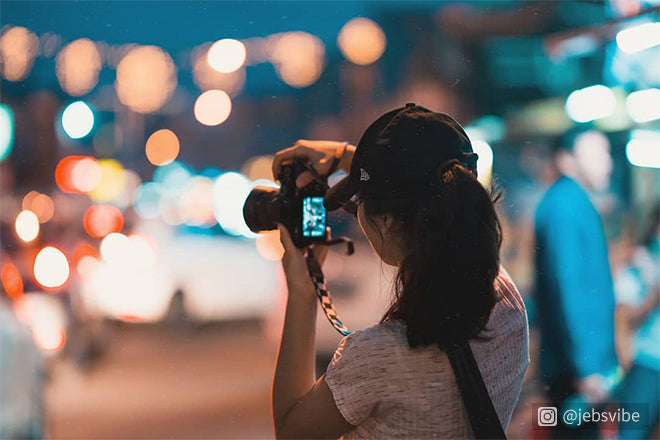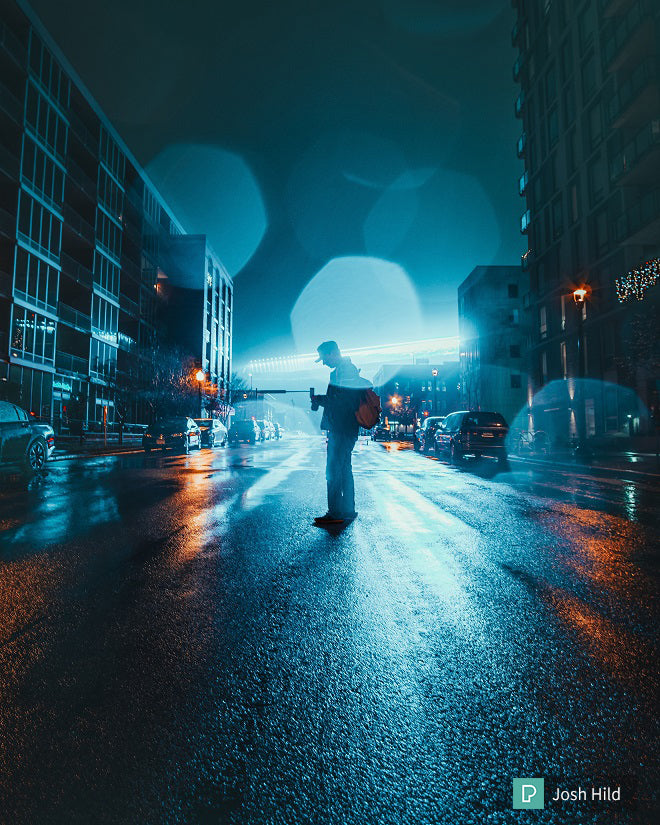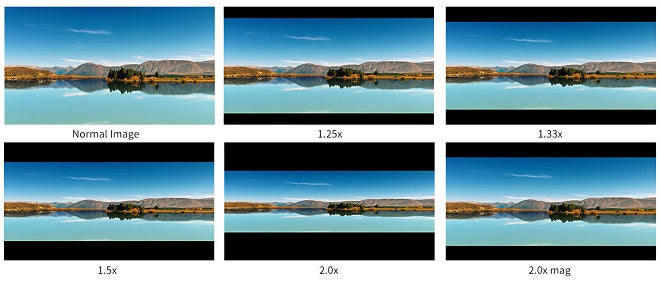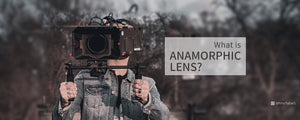What is Anamorphic Lens? And Learning the Anamorphic Look
Jun 29, 2021
Anamorphic lenses are an asset in any filmmaker's toolbox, mainly because of the look it brings to a shot.
Anamorphic lenses have over time become a runaway favourite for everything from professional cinematographers to up-and-coming indie filmmakers. Their ultra-wide rectangular aspect ratios, long horizontal flares and their characteristic oval bokeh has made these lenses the ultimate go-to in the filmmaking world.

What is anamorphic lens?
An anamorphic lens is designed with additional glass elements that squeeze the image horizontally, allowing filmmakers to capture a wider field of view than the film or digital sensor would ordinarily allow. You can think of a locked door, behind that door there’s the widescreen cinematic imagery we know from all our favourites blockbuster movies. Then consider the anamorphic lens – that’s the key. In production there are typically two classes of lenses — anamorphic and spherical. Spherical lenses are the most common and project images onto a camera's film or digital sensor without affecting their aspect ratio.

The history of anamorphic lens
The technology was originally developed in France during World War I by Henri Chrétien to provide a wider field-of-view for the crews of military tanks. In the early '50s, 20th Century Fox recognized their potential for movie-making and purchased the rights. By putting an anamorphic lens in front of the camera, a wider image could be squeezed onto standard 35mm. To project widescreen, a cinema simply needed to install a wider screen and put an anamorphic lens in front of their projector to de-squeeze the image. Genius! By retrofitting existing equipment rather than requiring studios and cinemas to buy new equipment, Fox gave widescreen the push it needed to finally become widely adopted. They called their invention Cinemascope.
The anamorphic look
Images shot with anamorphic lenses typically have a unique appearance. Depending on a lens’s construction it will exhibit the following characteristics to varying degrees.
BOKEH
As a result of squeezing the image horizontally, out of focus areas of an anamorphic image stretch vertically. This gives anamorphic images their trademark oval bokeh. The stronger a lens’s squeeze, the stronger the oval effect.

DEPTH OF FIELD
Anamorphic optics blur the background more than equivalent spherical lenses. Some anamorphics disproportionately magnify objects closer to the camera. As a result they have a perceivably shallower depth of field. This can help subjects stand out against their background. The stronger a lens’s squeeze, the stronger this effect.

LENS FLARE
Early anamorphic lenses had a tendency to flare when hit with a bright light. Thanks to the anamorphic elements these lens flares would streak horizontally across the frame. While modern lens coatings can eliminate anamorphic flares, many manufactures choose to use coatings that encourage flares. Different coatings produce different colored flares.

FOCUS ROLL OFF
Anamorphic lenses have a more ‘organic’ transition between in-focus and out-of-focus elements, otherwise known as focus roll off. Many cinematographers prize this characteristic as it can help integrate subjects with their background in a perceivably more realistic manner.

DISTORTION
Vintage wide anamorphic lenses can suffer from distortion as you move towards the edge of the frame. It should be noted however that many spherical lenses distort at their edges too. Older anamorphics suffered from ‘scope mumps’ where faces or other objects would deform when close to the camera.

source: The movie heat
FEELWORLD monitors have the function of anamorphic mode, which is built-in selection of no squeeze, 1.25x, 1.33x, 1.5x, 2.0x or 2.0x mag allows you to use anamorphic lenses or adapters and see the image unsqueezed, even if your camera does not de-squeeze in camera.


